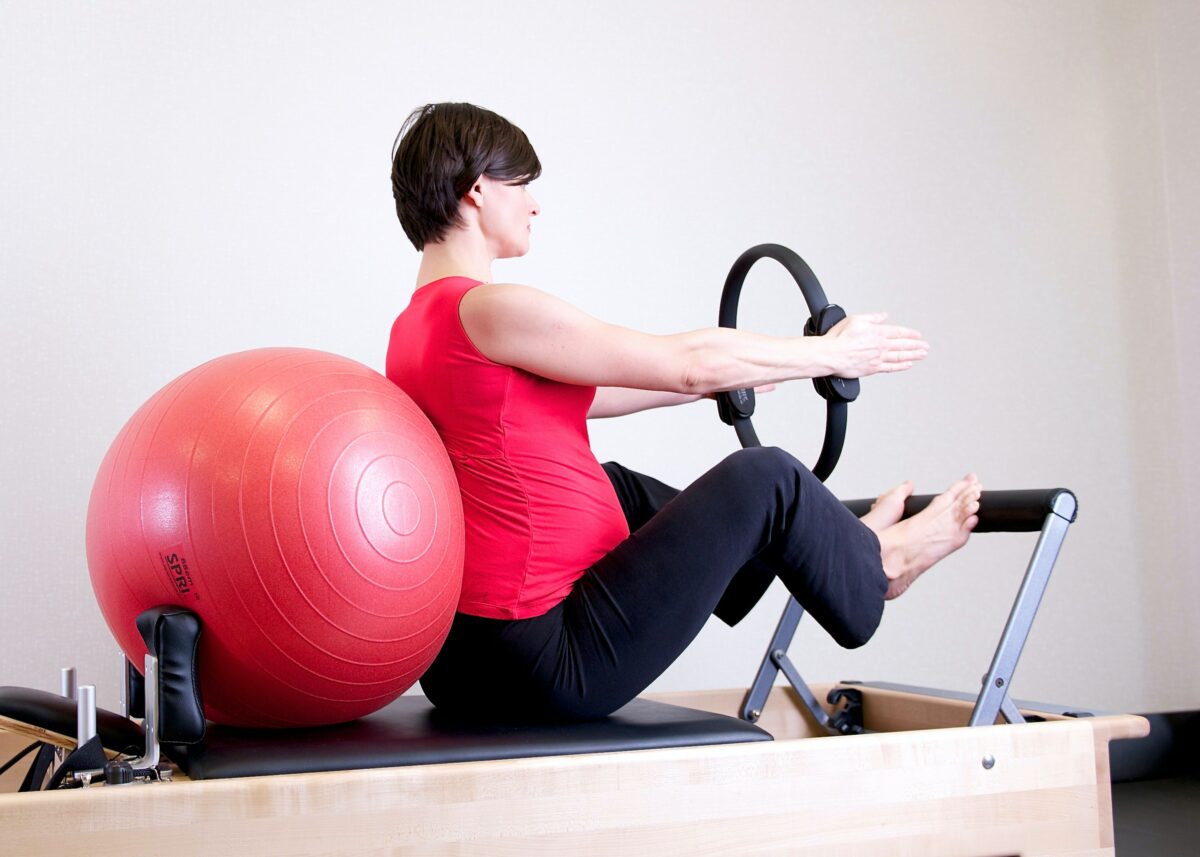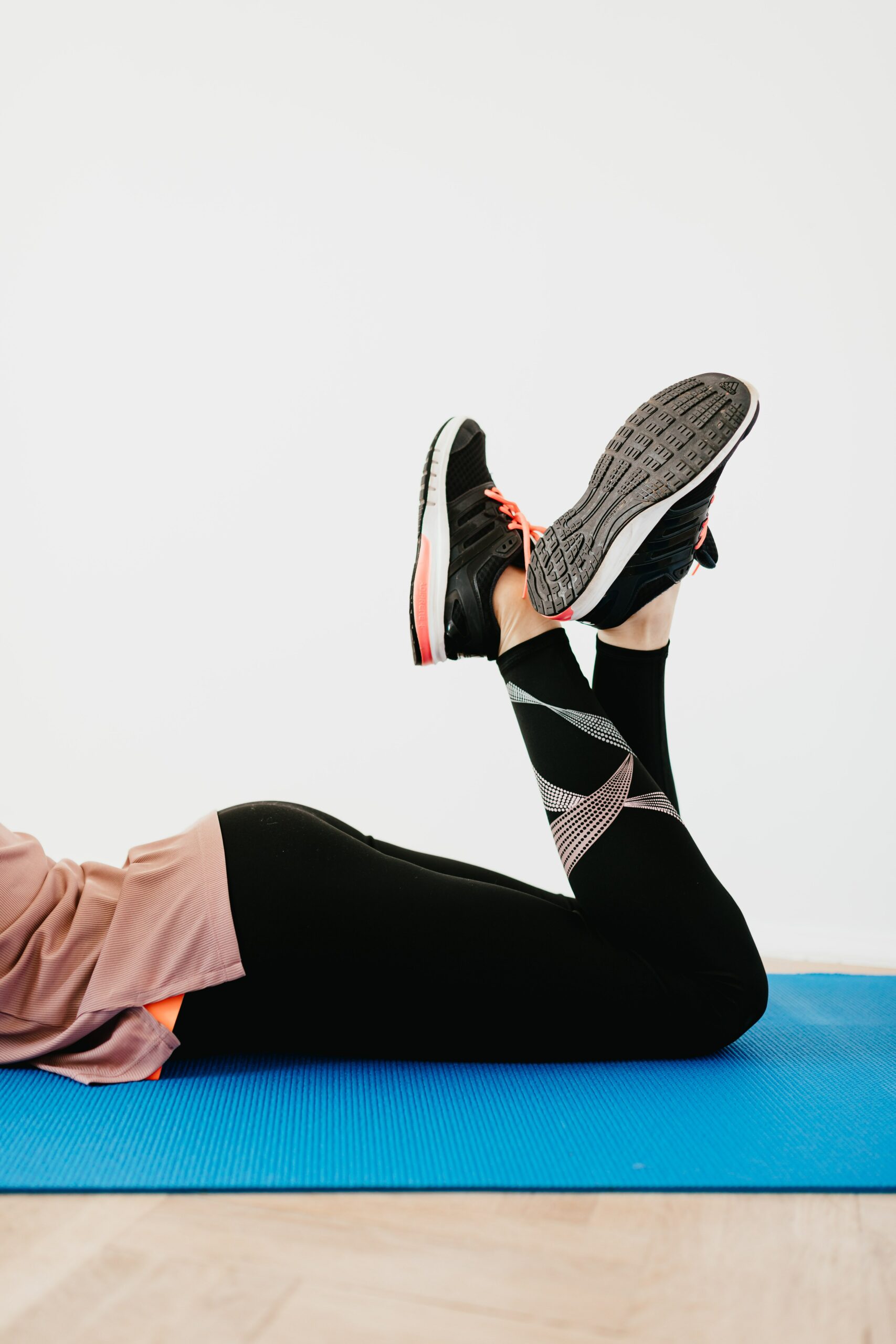Food aversions and fatigue can make obtaining adequate nutrition difficult in your first trimester. Below are some quick and easy ideas to help you make a balanced plate during the first 12 weeks of pregnancy.
Snack plates
You don’t have to have a traditionally prepared meal to hit all of the macronutrient categories. Try mixing together a snack plate that includes protein, healthy fats, and carbohydrates for a well-rounded meal.
– whole grain crackers, snap peas, baby carrots, sliced apples, nut butter or hummus
– avocado toast and two hardboiled eggs
Smoothies
Smoothies make great options for breakfast when nausea may be higher. Make sure you’re including protein to help keep you full longer. Greek yogurt and nut butters are good protein sources to add to your smoothie. A plant or whey based protein powder is another good option. Just make sure to check the ingredients. Ideally, protein powders would be third party tested, have no caffeine or artificial sweeteners, and have minimal quality ingredients.
One of my favorite smoothies combines
– 1 cup almond milk (or your milk of choice)
– 2 handfuls spinach
– 1-2 scoops protein powder
– 1 Tbsp almond butter
– 1 tsp unsweetened cocoa powder
– ¾ cup frozen blueberries
– ice to reach desired consistency
Textures
Play around with food textures. A steak may not sound appealing right now but ground beef is ok. Similarly, scrambled eggs may be a turn off but hard boiled eggs are a go. Feel free to experiment to see what works for you during these first 12 weeks.
Note: For food storage safety guidelines, click here.
Casey Thomas-Hardesty, MS, NTP
Two Peas Wellness
© WKU {2022} All rights reserved.







